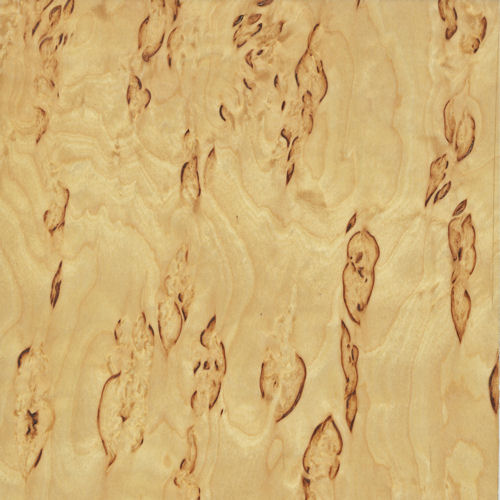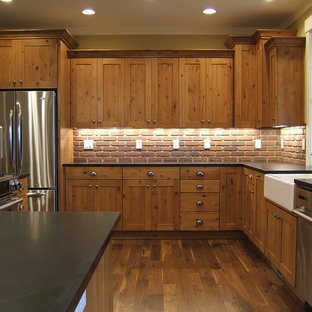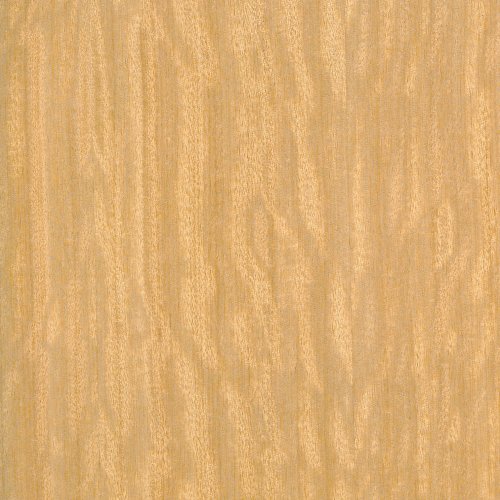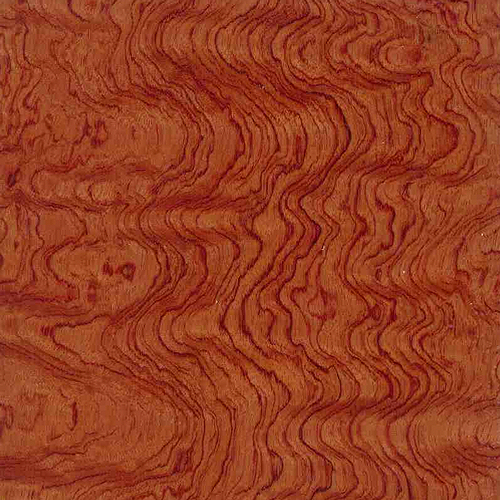Karelian Birch (Silver)
[Betula pendula]
Sometimes overlooked and underappreciated, Karelian Birch presents one of the most uniquely beautiful burls on earth. It’s so exotic that Peter Carl Fabergé used the wood to make one of his Fabergé Eggs for the Russian Tsar in 1917.
Interestingly, though, Karelian Birch is not a true burl. And Karelian Birch trees aren’t an actual species. Most, in fact, are Silver Birch trees that grow in the Karelian region between Finland and Russia. With the resulting flame-like grain figure or “burl” a product of certain landscape features and unique soils only found this small geographic area.
No surprise, the felling of these special trees is tightly controlled by Finnish authorities, who enforce strict quotas available to only a special number of listed Karelian farmers and timber men.
An overall vibrant, golden color, the darker eyes in Karelian Birch’s figure create its famous “fire burl,” which resembles flames climbing up the veneer sheet. Its straight grain is fine textured and lustrous.
Combining all these amazing qualities, Karelian Burl’s eye-stopping appearance makes it a list-topping choice for veneer, architectural plywood, furniture, doors, case goods, interior trim, and small specialty items — like Fabergé Eggs.
Species Distribution:
Southern Europe
Southwest Asia
Caucasus
Asia
Turkey
Iran
Siberia
China
North America
Australia
Common / Alternative Names:
Silver Birch
Warty Birch
European White Birch
East Asian White Birch
Janka Hardness:
1,210 lbf
Sustainability Status:
CITES Appendices: Not listed
IUCN Red List of Threatened Species: Not listed
Related Species:
Alaska Paper Birch (Betula neoalaskana)
Alder-leaf Birch (Betula alnoides)
Downy Birch (Betula pubescens)
Gray Birch (Betula populifolia)
Paper Birch (Betula papyrifera)
River Birch (Betula nigra)
Sweet Birch (Betula lenta)
Yellow Birch (Betula alleghaniensis)
Baltic Birch
Masur Birch









